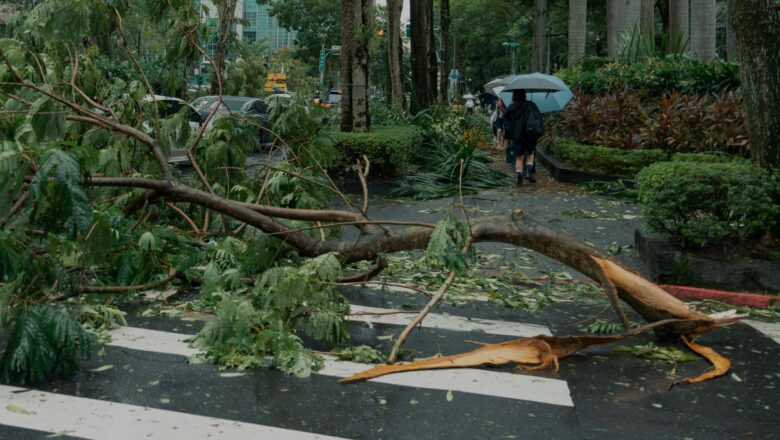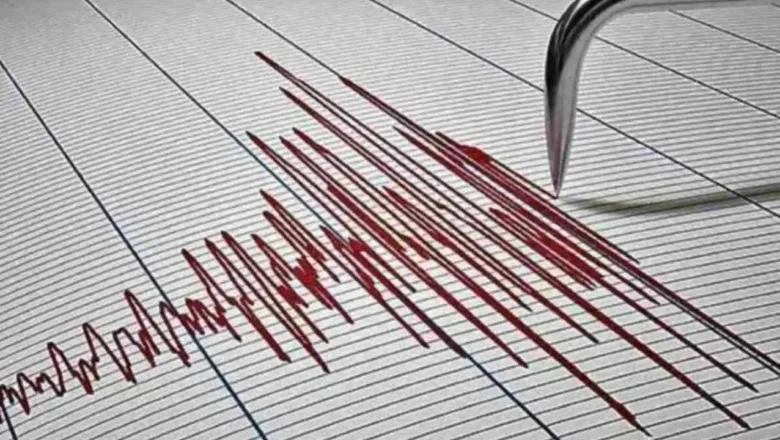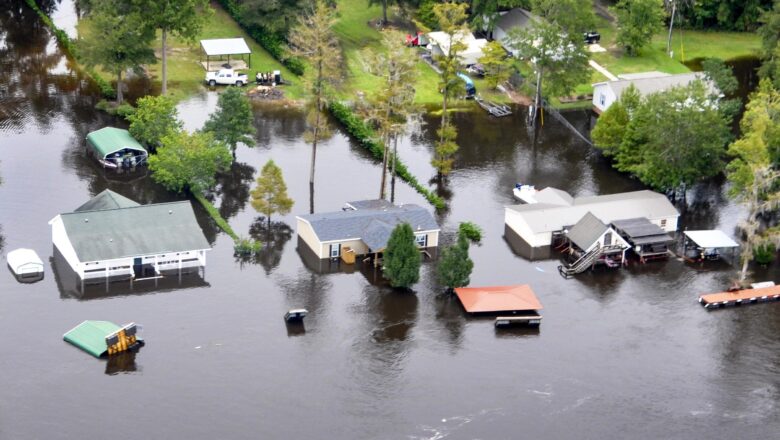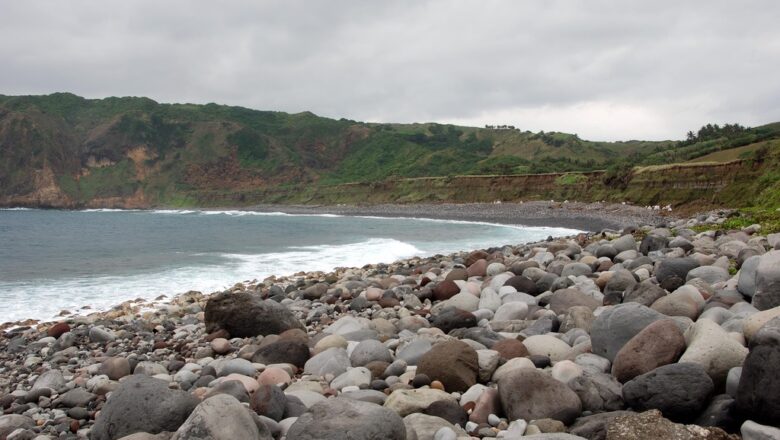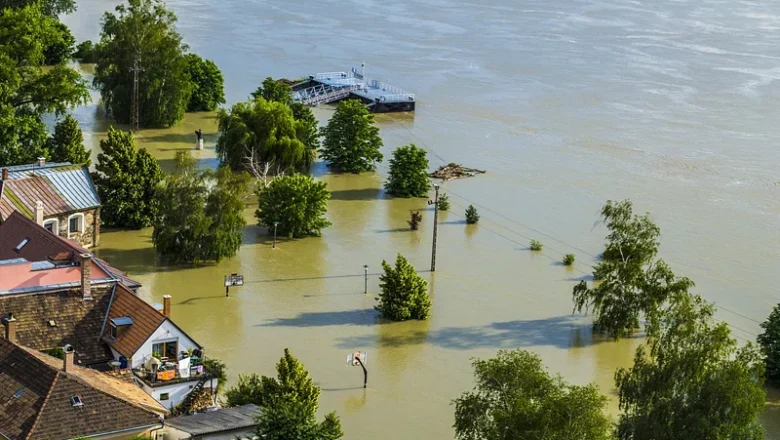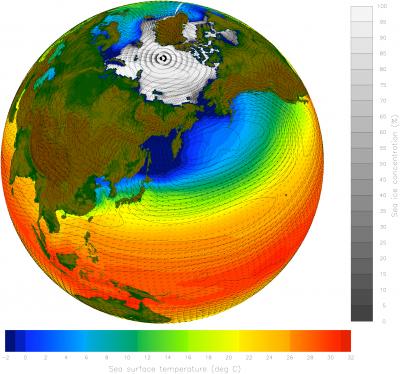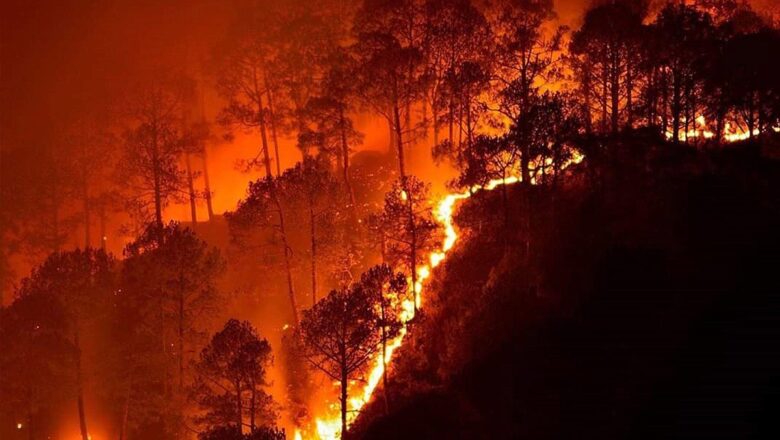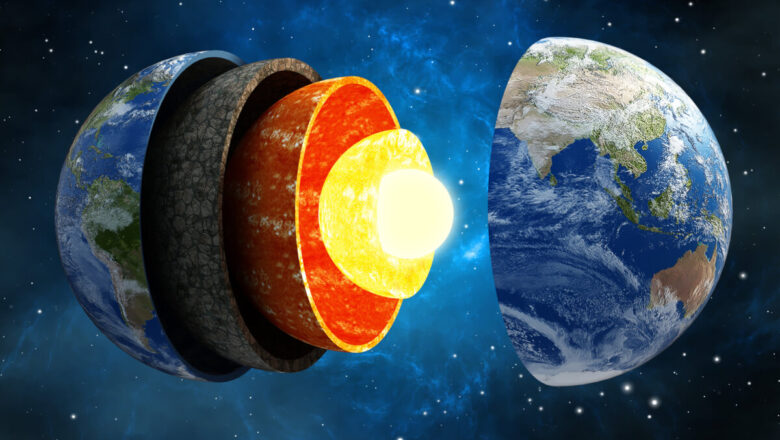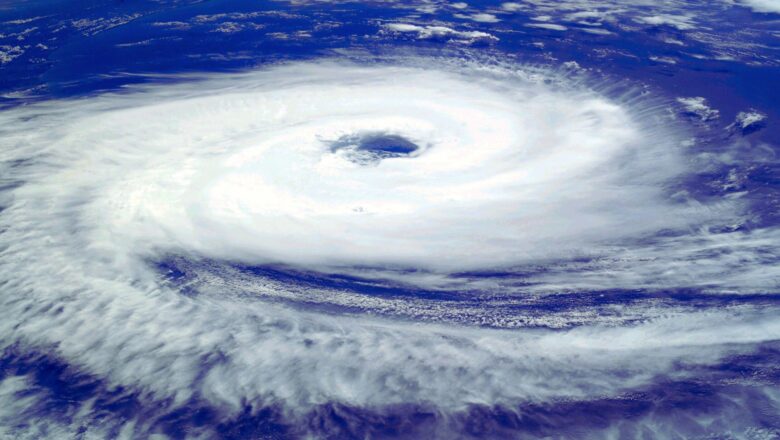
Snow to West Coast Bomb Cyclone and Atmospheric River Bring Heavy Rain
The West Coast's rainy season has arrived with a dramatic start as an atmospheric river carrying tropical moisture collides with a powerful bomb cyclone off the Pacific Northwest coast. This weather duo is unleashing widespread heavy rainfall, strong winds, and mountain snow from Northern California to Washington.
On Nov. 19, 2024, heavy wet snow began blanketing mountain regions while bursts of rain battered the coasts of Oregon and Northern California. Winds exceeding 70 mph have been recorded in parts of Washington as the bomb cyclone intensifies offshore.
This storm’s strength is driven by the meeting of two potent weather phenomena. The atmospheric river a "river in the sky" transporting moisture from the subtropics feeds the bomb cyclone, a rapidly intensifying low-pressure sys...

